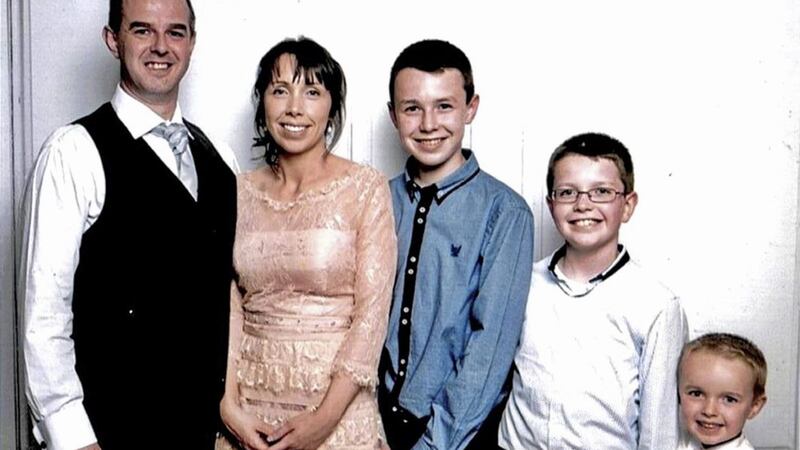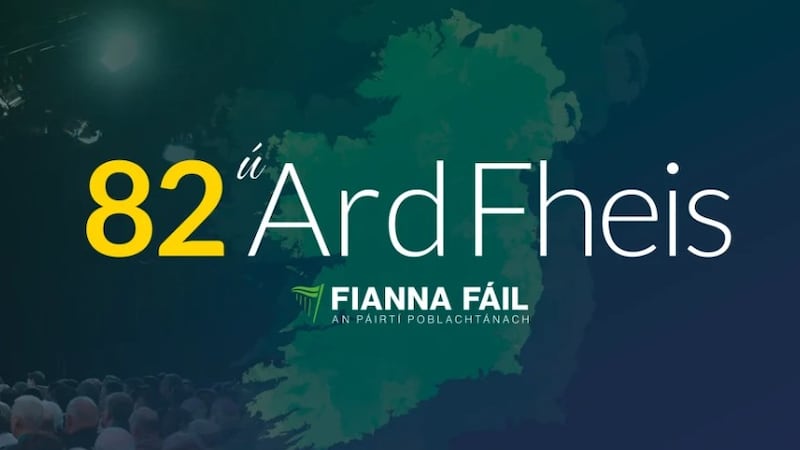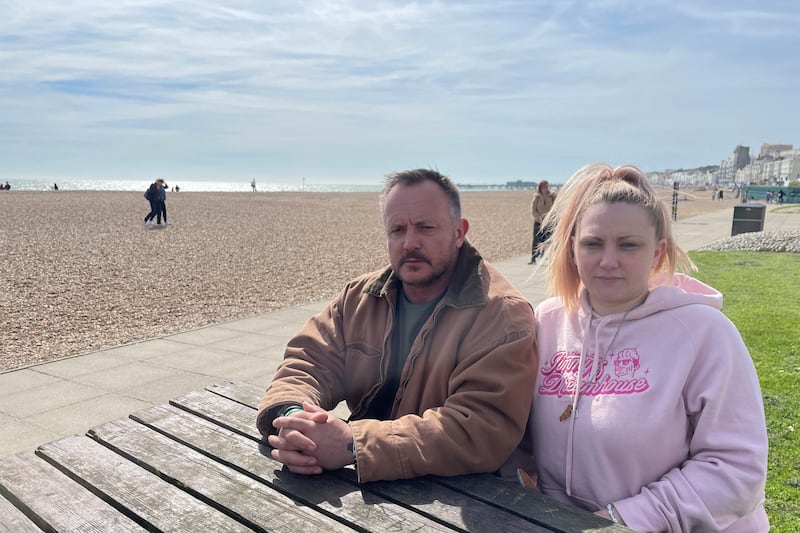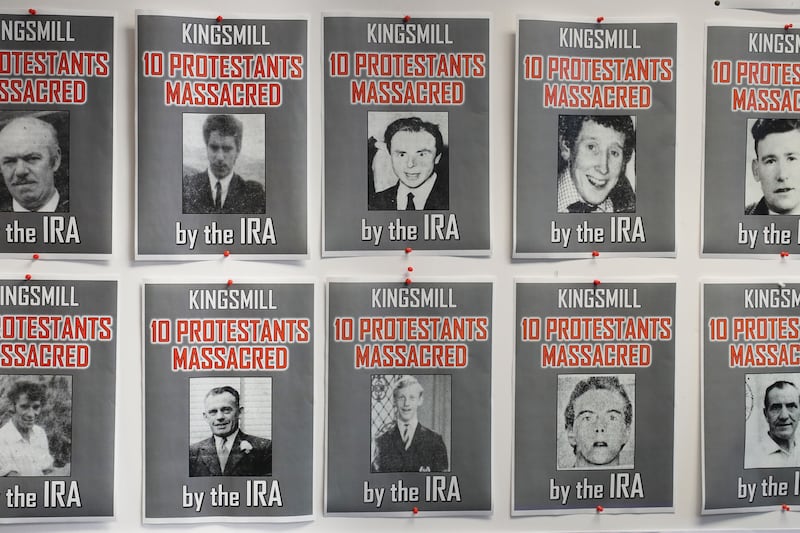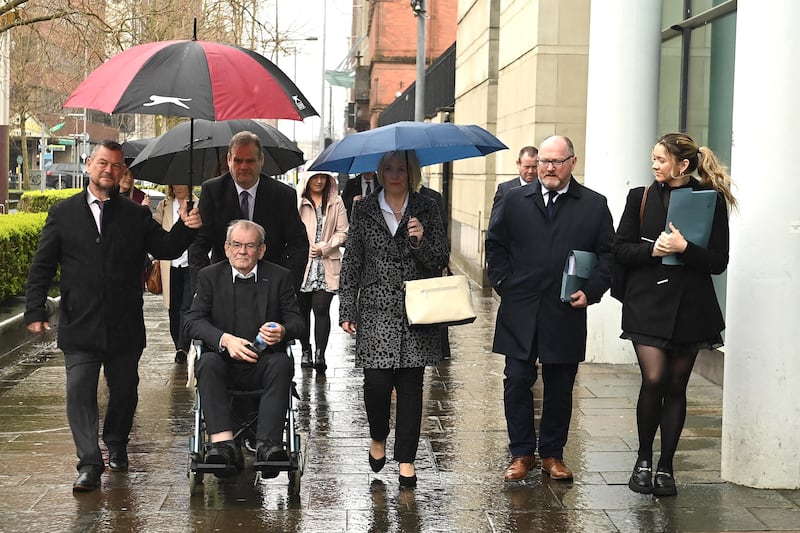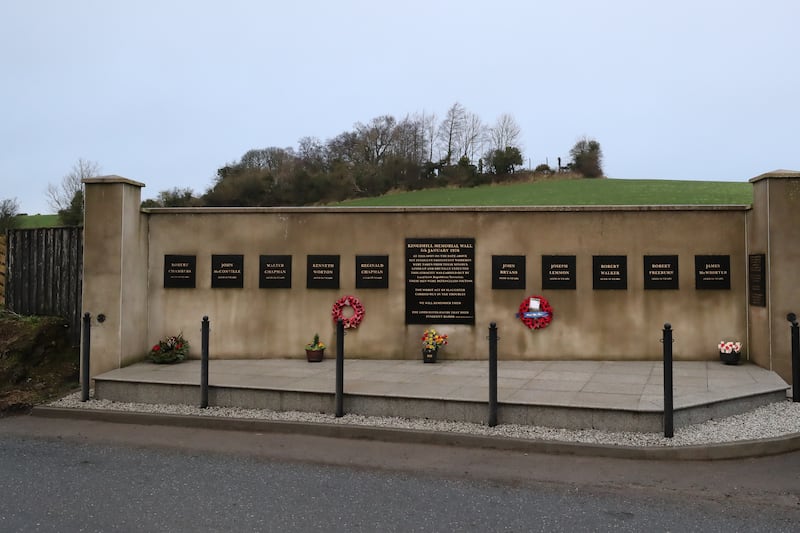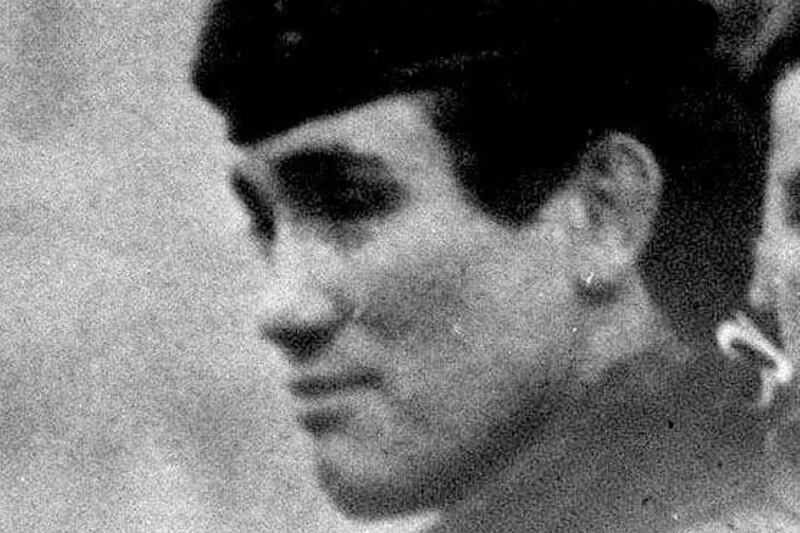A school principal who killed his wife and their three children and died by suicide may have targeted his wife and eldest son first for fear they may fight back, one of the Republic's leading pathologists has said.
Amid audible shock in Cavan courthouse, Michael Curtis explained how Alan Hawe killed his wife, Clodagh, and three boys, Liam (13), Niall, (11) and six-year-old Ryan.
The deputy state pathologist was asked by coroner Mary Flanagan if his examinations offered any insight into who died first.
"It's impossible to say with certainty," he said.
"The impression I get is that, essentially, working on the basis that dispatching Clodagh and the older boy first, he would have rendered the possibility of a physical challenge less likely."
The deaths would have been rapid, Dr Curtis said.
As he outlined in graphic detail how Mrs Hawe and her three sons died, her mother Mary Coll and sister Jacqueline Connolly sobbed and shook as they were comforted by relatives in the front row of the public gallery.
Mrs Hawe suffered axe and stab wounds.
She also had a wound and two fractured bones on her right hand, which Dr Curtis suggested could have been defensive injuries
- Her name was Clodagh. She was a victim, her killer was not
- The Hawe family visited Clodagh's mother the night before the murder-suicide
The boys, who were found in their beds, suffered stab wounds.
Liam also had injuries to his left arm and hands while Niall had an injury to a finger on his right hand, the inquest was told.
Dr Curtis suggested these may also have been defensive.
The pathologist said there were similarities in how the three boys died, and it was difficult to conclude this was coincidental.
A toxicology test showed Mr Hawe had no alcohol or drugs in his system at the time of his death.
He died by suicide and was found in the hall of the house.
Less than two hours before the detail of the post-mortem examinations was revealed, Mrs Coll had been recalling in evidence the last time she sat with her daughter the evening before her death.
Dr Flanagan adjourned the hearing after Dr Curtis's evidence.
"I think we have heard enough evidence for one day," she said.
Earlier in the inquest Clodagh Hawe's mother fought back tears as she recalled the feeling that her son-in-law was responsible.
Mary Coll said she found a note on the back door of her daughter's house for gardai to be called.
She also revealed a sense of foreboding that her daughter and grandchildren had been killed by husband and father Alan Hawe.
"I was just about to put the key in the door when I saw the note, " she told the hearing.
"I knew it was Alan's handwriting. I knew that something terrible had happened.
"I just had that feeling."
Mr Hawe, his schoolteacher wife Clodagh and their three children were found dead in their home near Ballyjamesduff, Co Cavan on the morning of Monday August 29 2016.
Clodagh Hawe's mother told the inquest she had driven to her daughter's home after she did not turn up on time to drop two of her sons off. When she arrived she saw two cars in the driveway and the curtains drawn.
A jury of six women and one man is hearing the inquest in Cavan courthouse.
Mrs Coll told the hearing that she did not go into the house. She rang 999 and then went to a neighbour.
The note, written on a white envelope and stuck on the inside of the back door window, read: "Don't come in. Call the gardai."
Mrs Coll told the inquest: "I told them, I think Alan has done something terrible, that Alan had killed them all.
"I knew it was Alan's handwriting.
"I stood on the road for the guards and the rest you know."
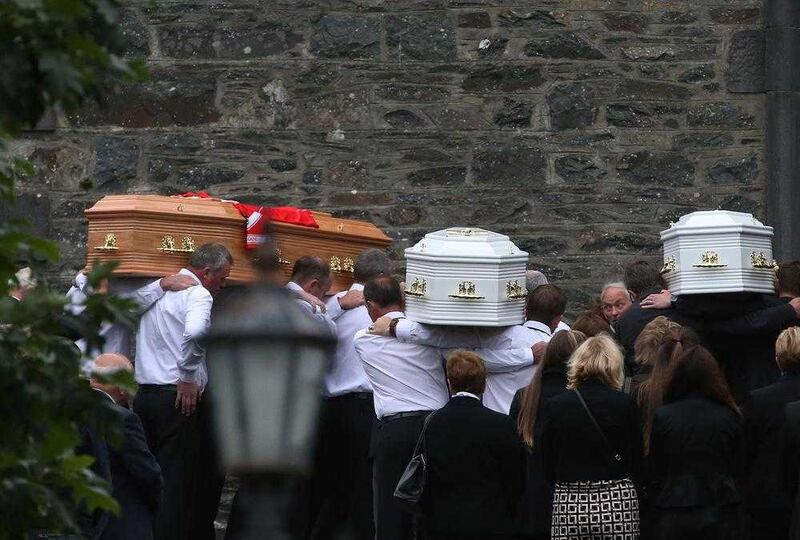
At the opening of the hearing, coroner Dr Mary Flanagan said: "This is a particularly emotive inquest."
She said it was intended to establish four limited but factual questions - who the deceased were, when and where they died, and how they died.
Dr Flanagan also said that under the law the inquest was precluded from questioning civil or criminal liability.
Evidence from gardai who were first to enter the Hawe family home at Oakdene, Barconey, near Ballyjamesduff, said Mrs Hawe was found lying face down in her pyjamas and dressing gown on the sitting room sofa.
There was a pool of blood, the inquest was told.
A small axe and a knife was found beside the sofa, gardai told the hearing.
Mr Hawe was found in the hall.
The inquest was told two of the boys, Liam and Niall, were found in their beds in the upstairs room they shared.
A knife was found in the bedroom.
Garda Aisling Walsh broke down and wiped away tears as she recalled the scene.
"They had no signs of life," she told the hearing. "They had their duvets on them."
Six-year-old Ryan was found alone in his bedroom and also had a duvet over him.
Another knife was found there, the inquest heard.
The coroner spoke directly to Ms Walsh as she tried to compose herself: "Nobody can imagine what it was like that morning."
Gardai also told the hearing that a number of jewellery boxes were neatly piled on the centre of the bed in the master bedroom.
Downstairs, as well as the white envelope taped to the inside window of the back door, a number of other notes were found by gardai, all of which were written by Alan Hawe, the inquest was told.
There were bloodstains on some of the letters.
Mr Hawe had written a lengthy note on three white, unlined, A4 pages that were found in a sealed envelope on the kitchen table, forensic experts told the hearing.
There was also a second handwritten note, the inquest was told.
Garda John Sweetman, a forensic handwriting analyst, told the inquest that he was given samples of Mr Hawe's handwriting from a birthday card and another note to compare with the notes found in the home.
"The possibility that another writer was involved is so remote that it can be discounted," he told the hearing.
Evidence read into the record from Rodney Lakes, of Forensic Science Ireland, revealed that blood on the envelope was matched to Mr Hawe's DNA.
His analysis of the material also found that bloodstains on one of the letters matched Mr Hawe's DNA.
There was also blood on one of the letters that Mr Lakes told the inquest provided a low-level DNA partial profile of Mrs Hawe.
Mr Hawe's jeans were also bloodstained, along with the left sleeve of his shirt.
The hearing continues.
Anyone affected by the incident can contact Samaritans on 116 123, Pieta House on 1800 247 247, Childline on 1800 66 66 66, or text "support" to 50101, and Women's Aid on 1800 341 900.
